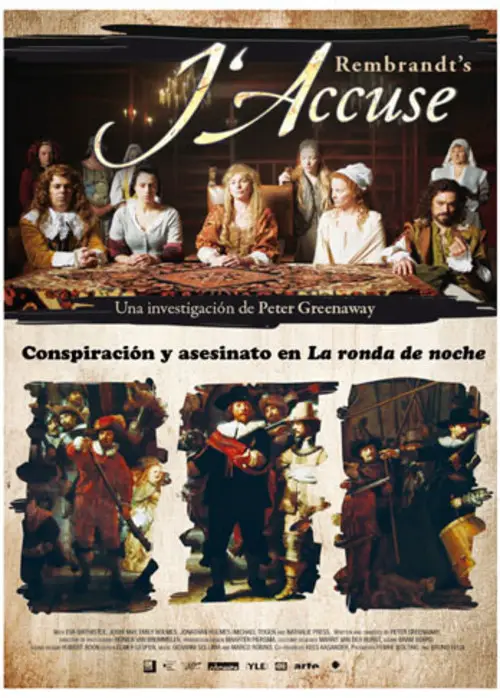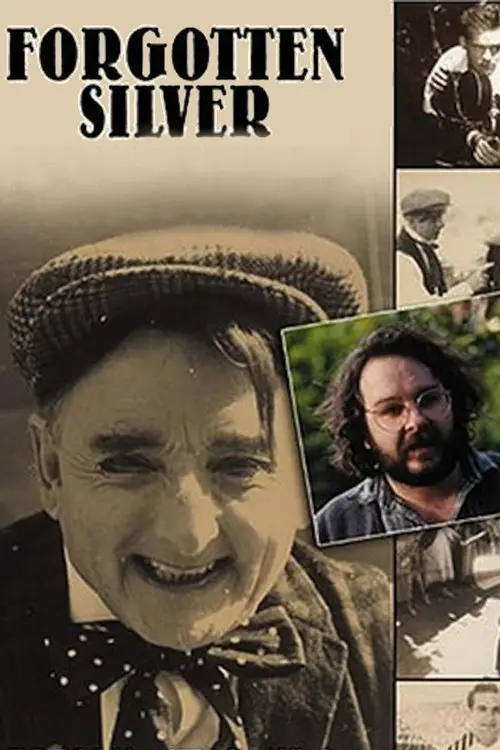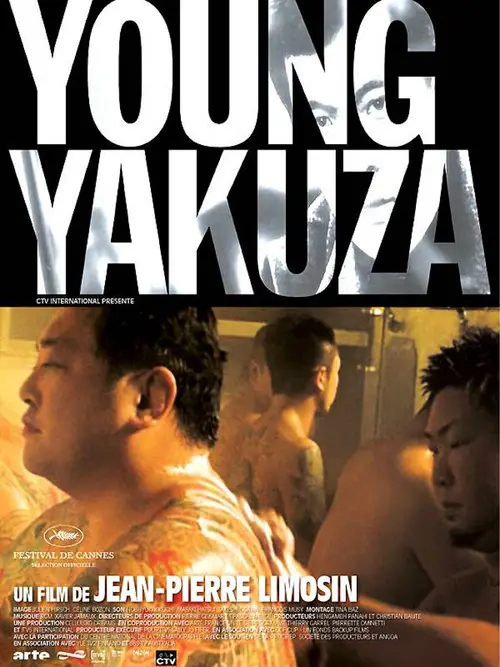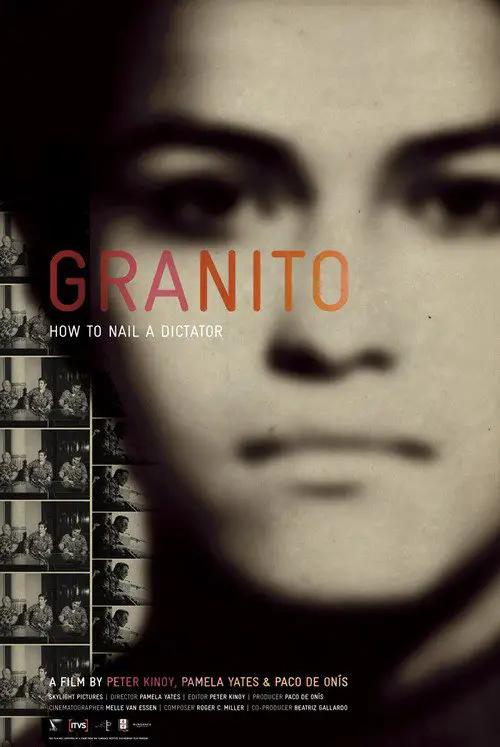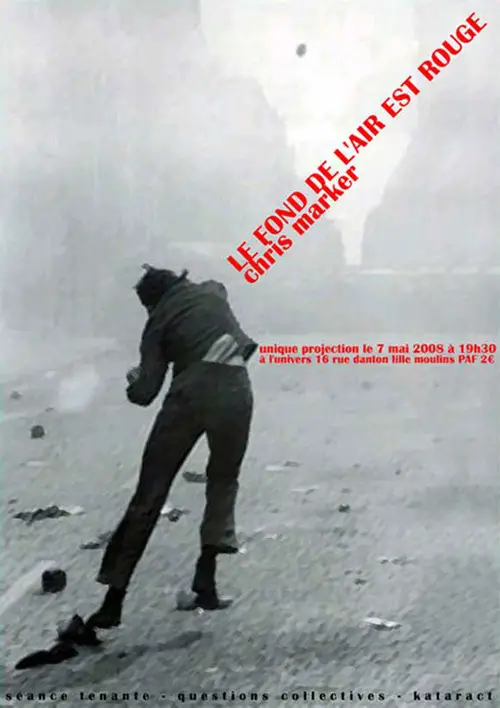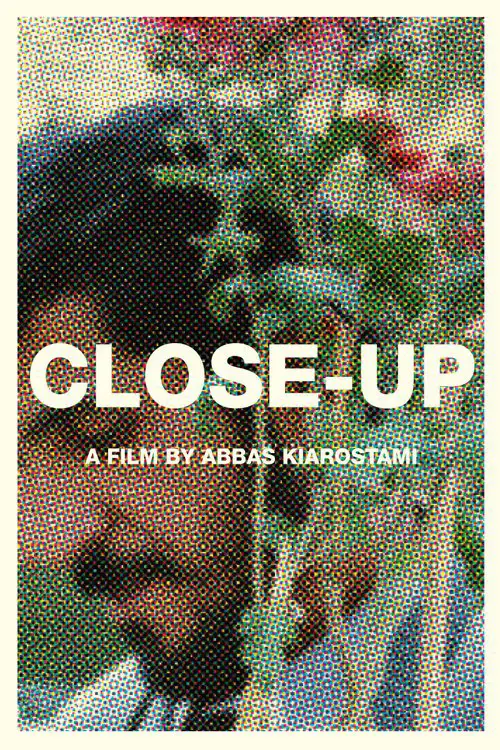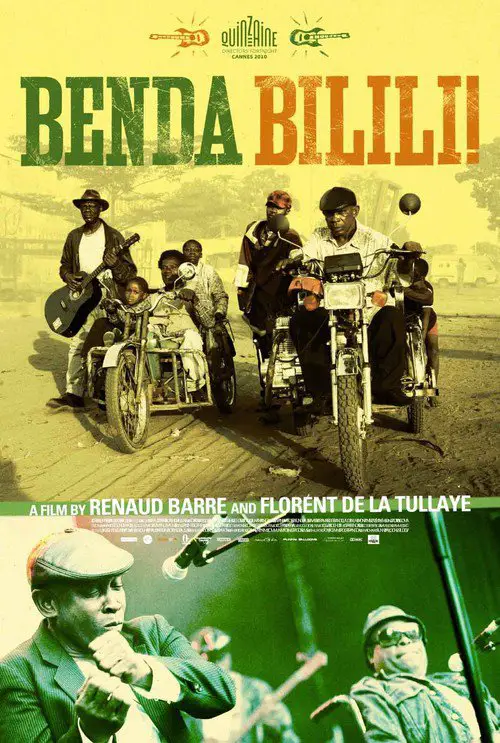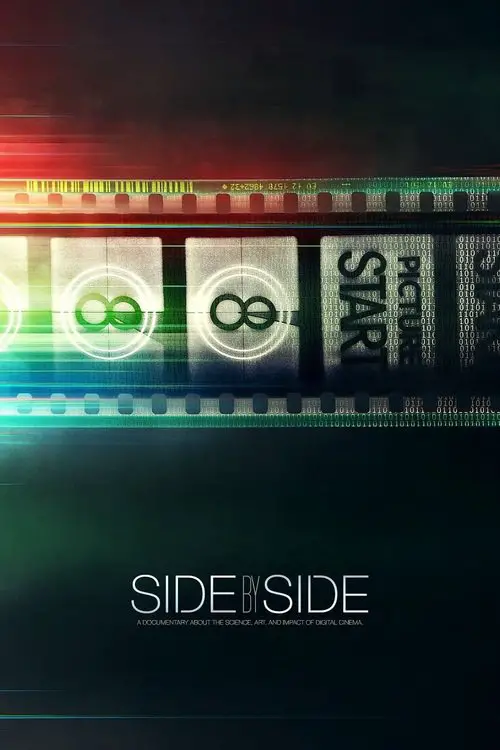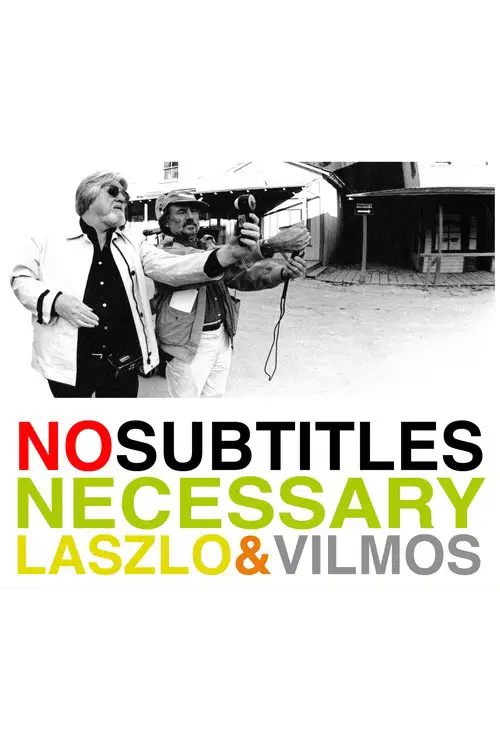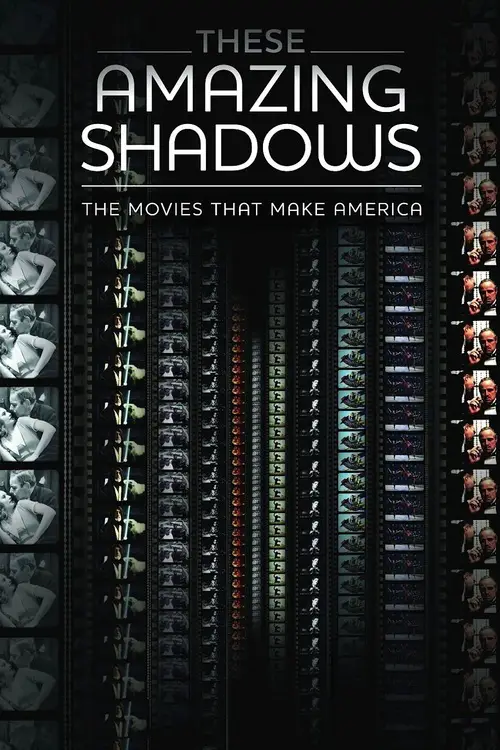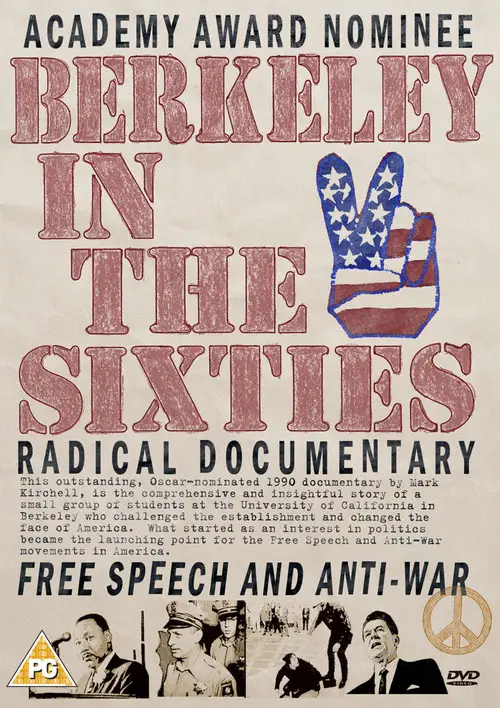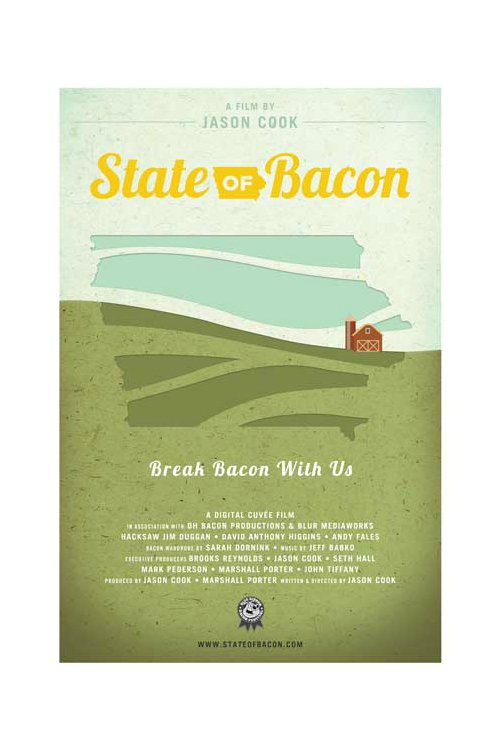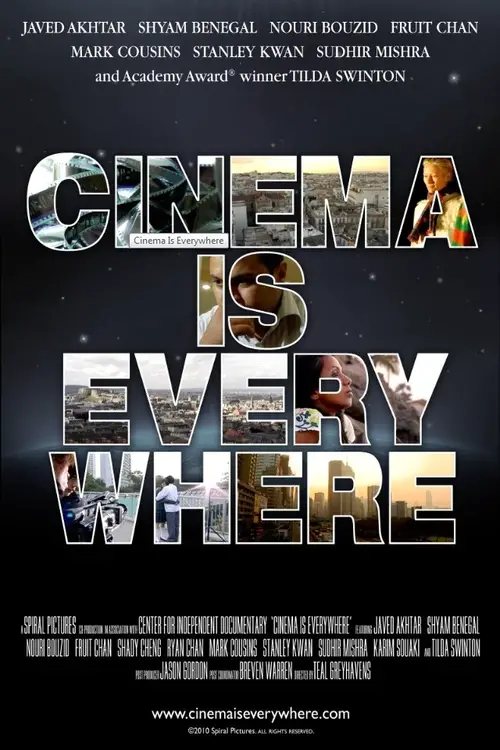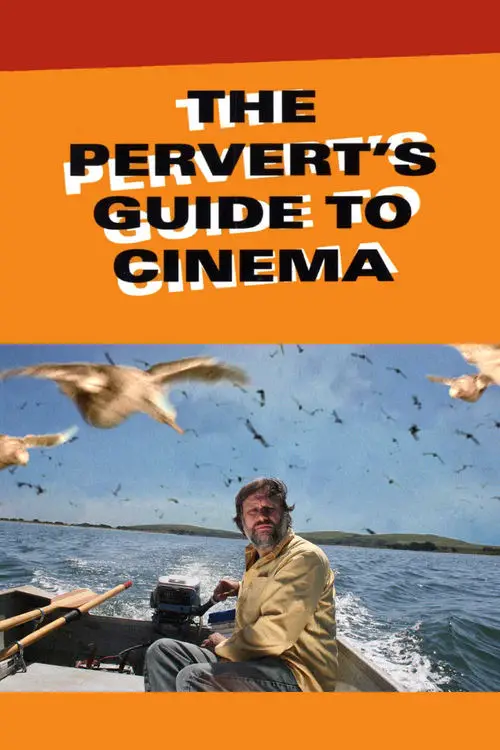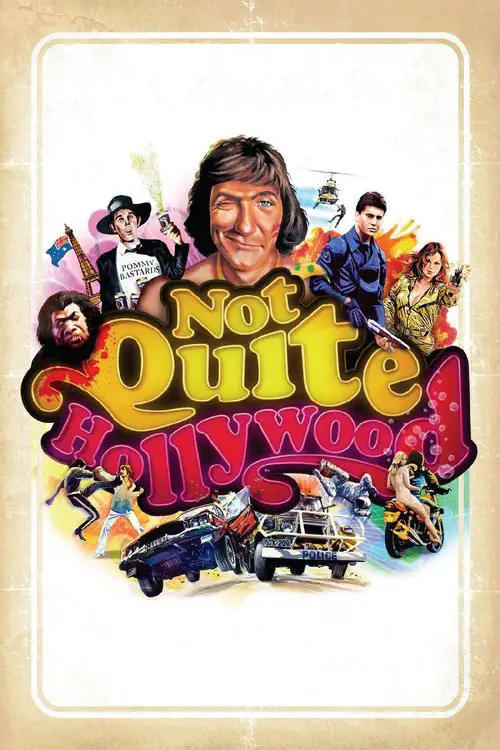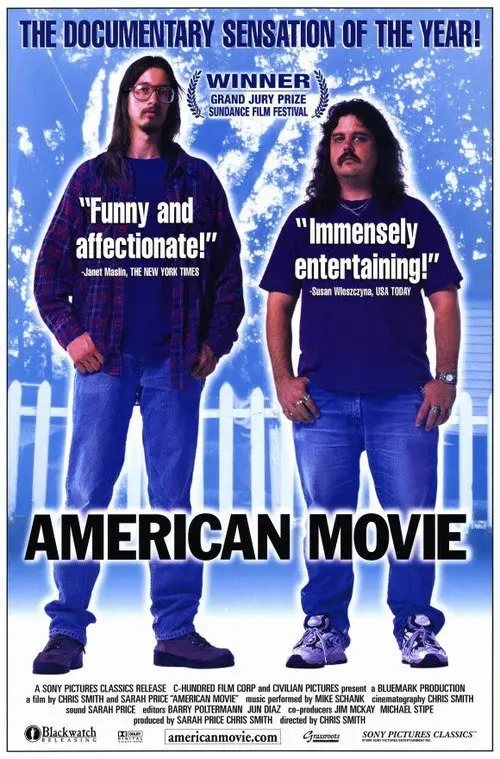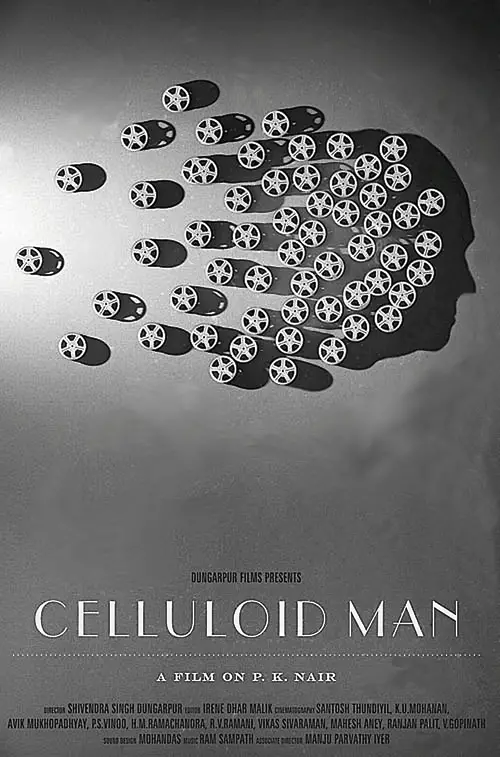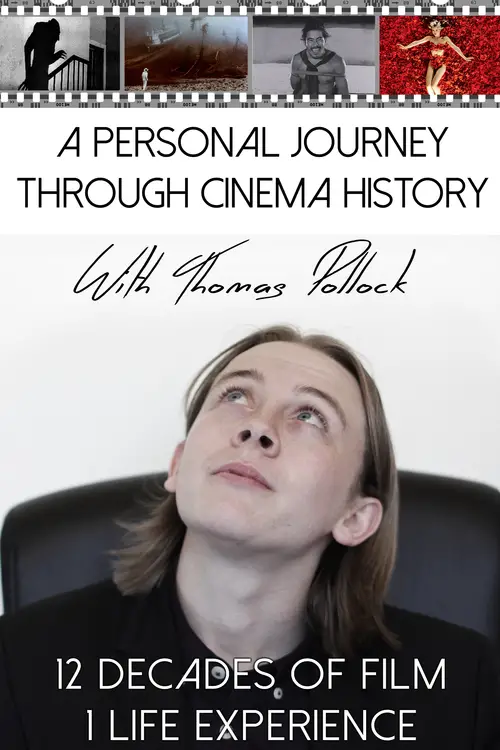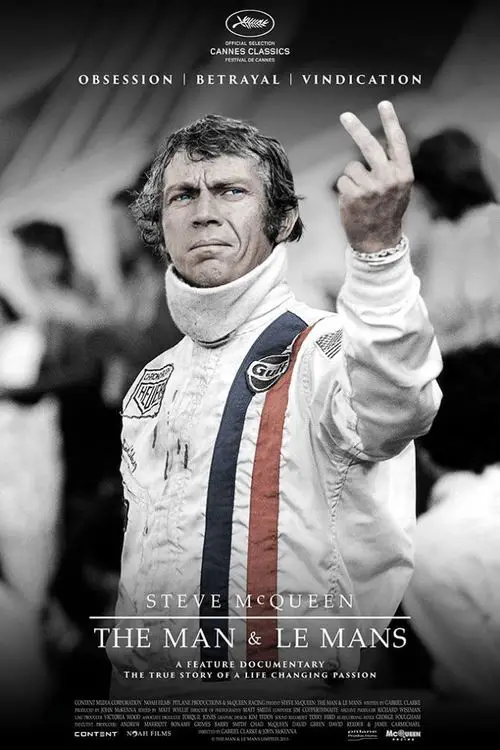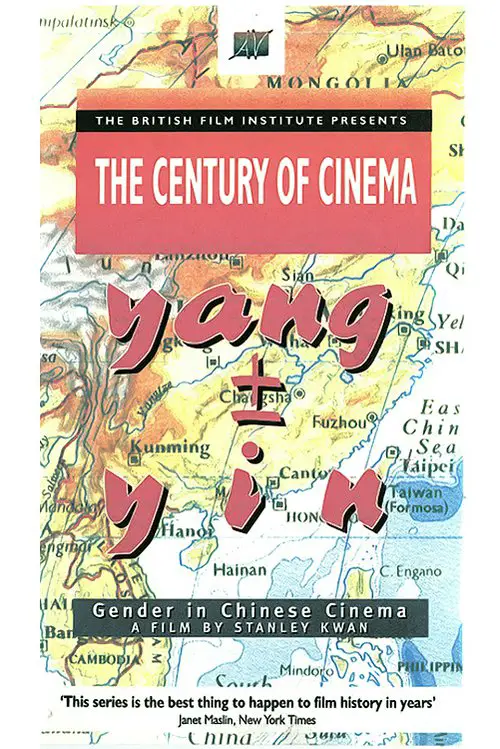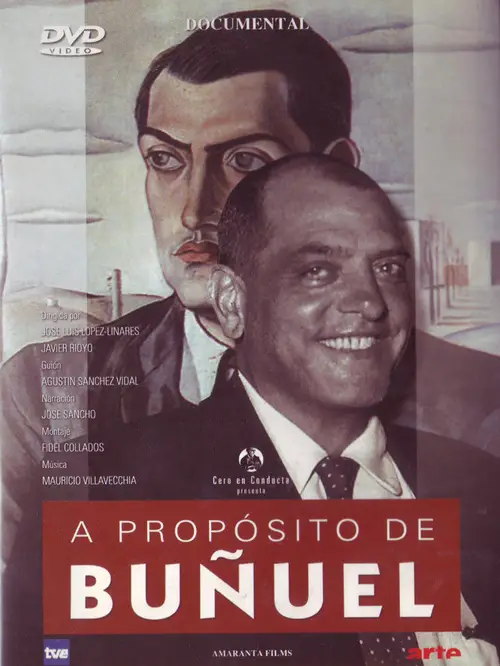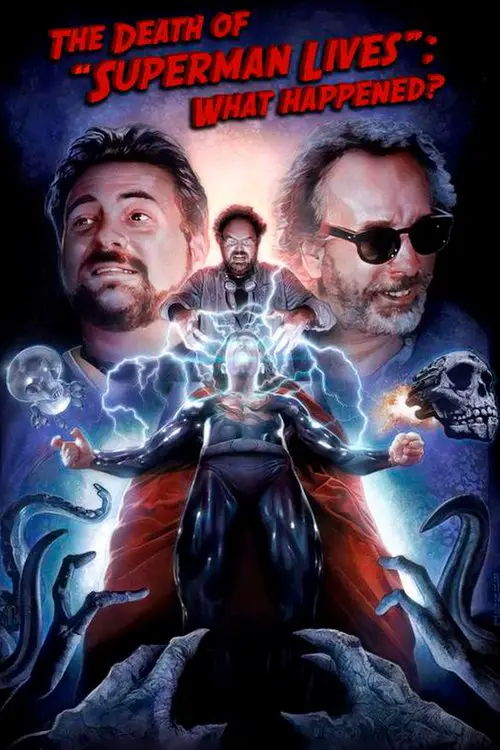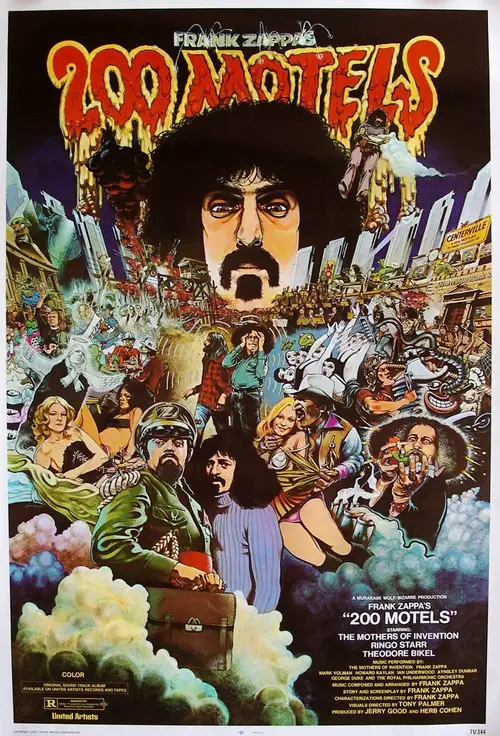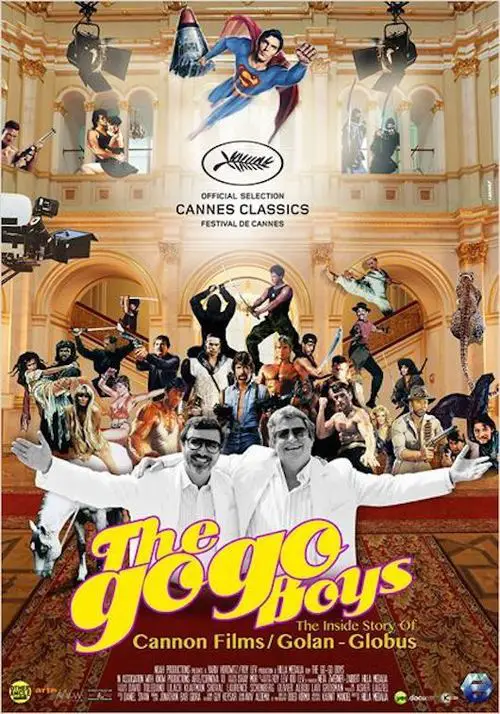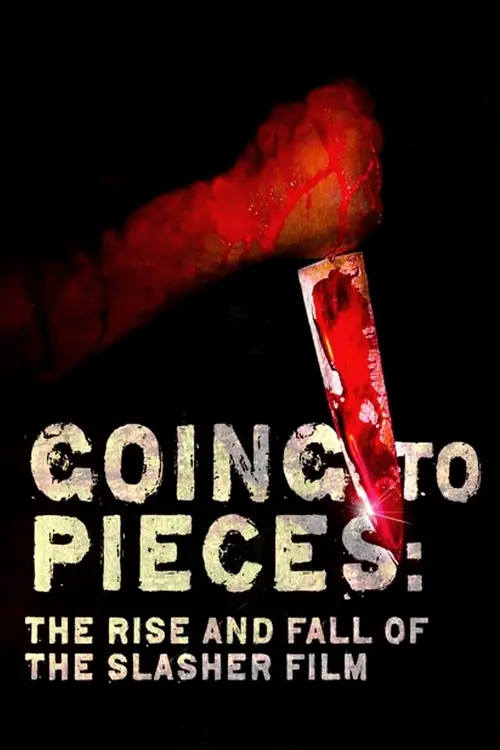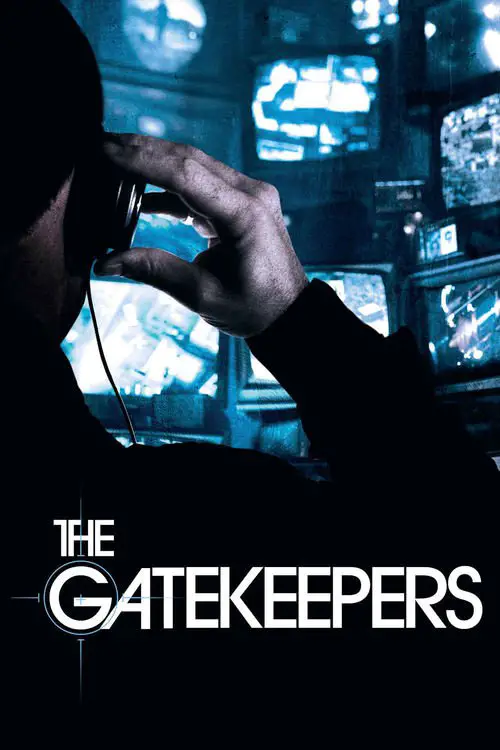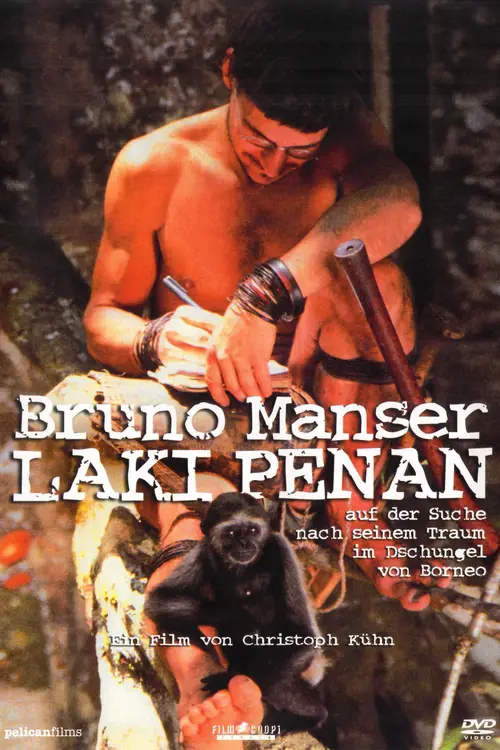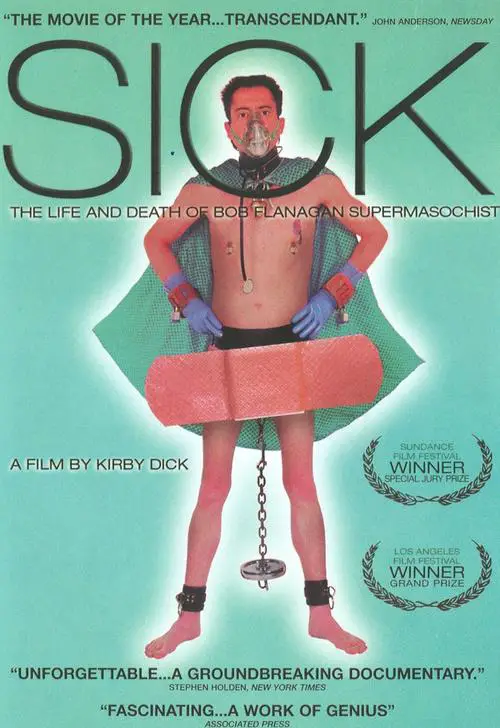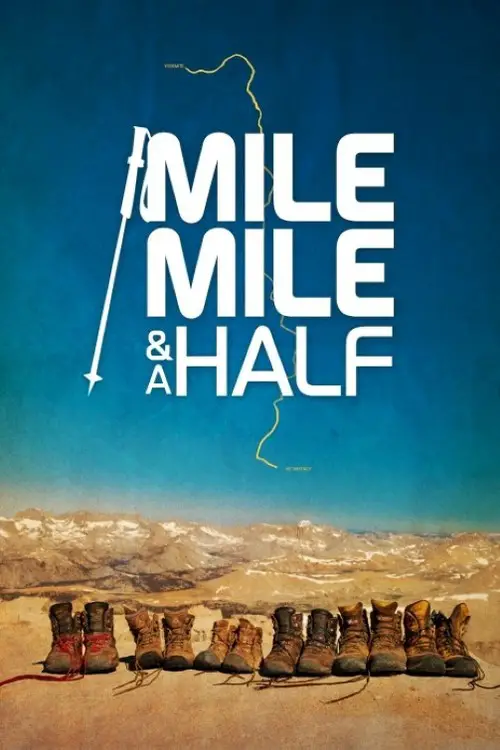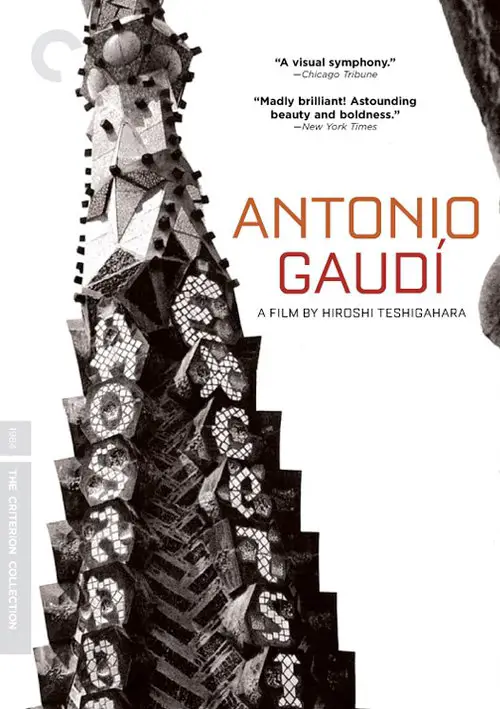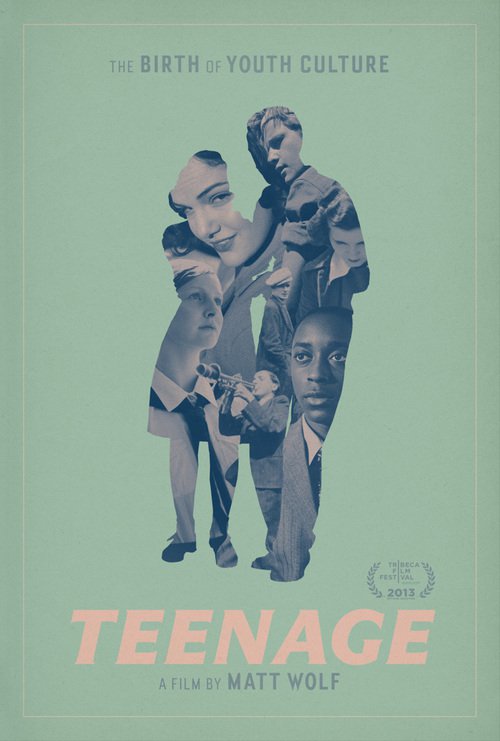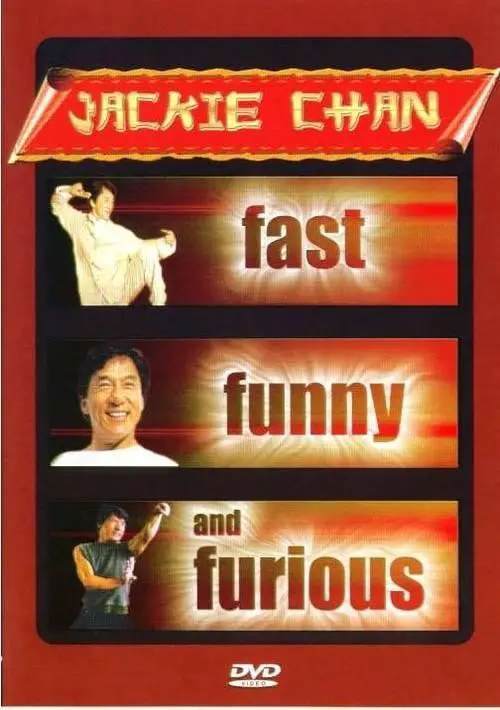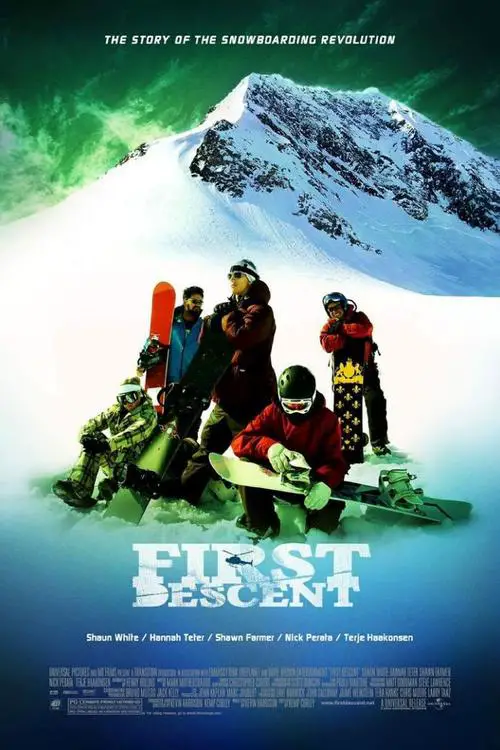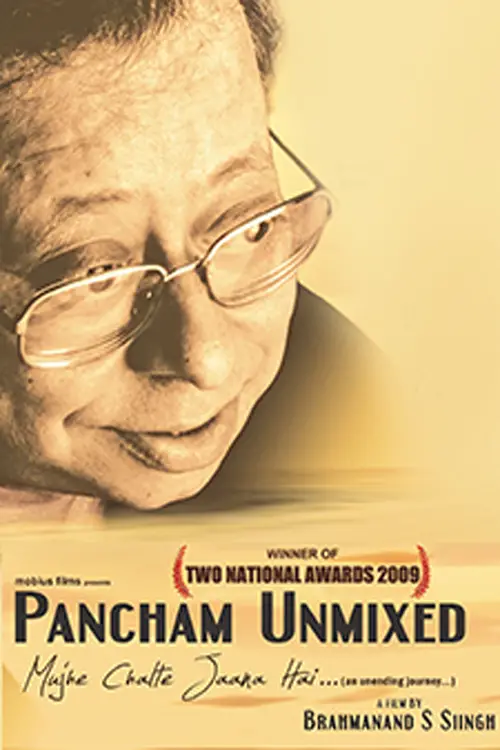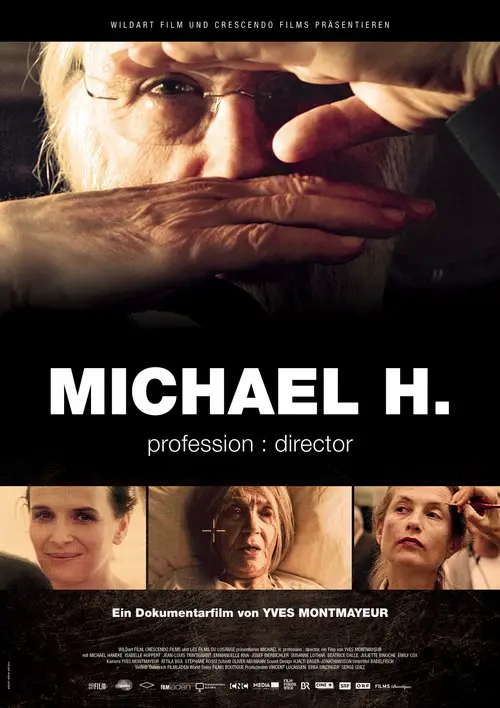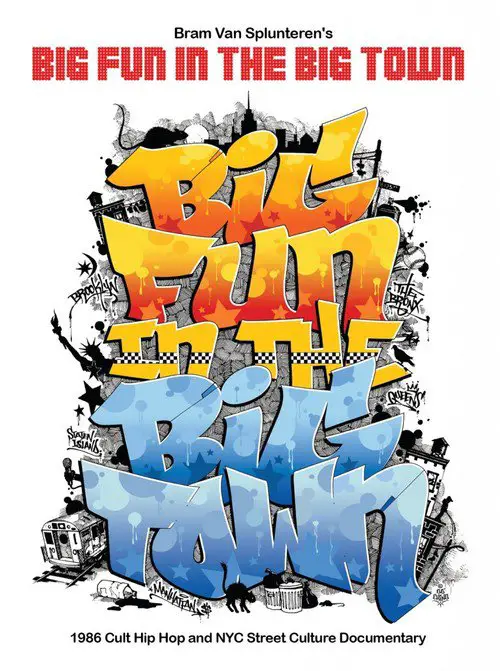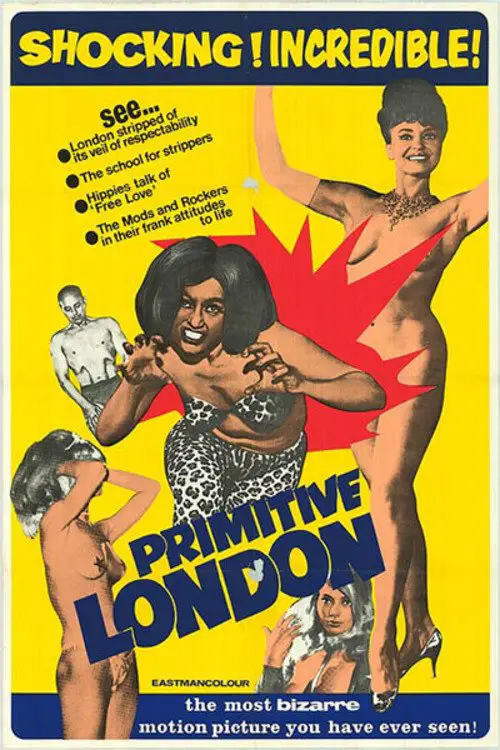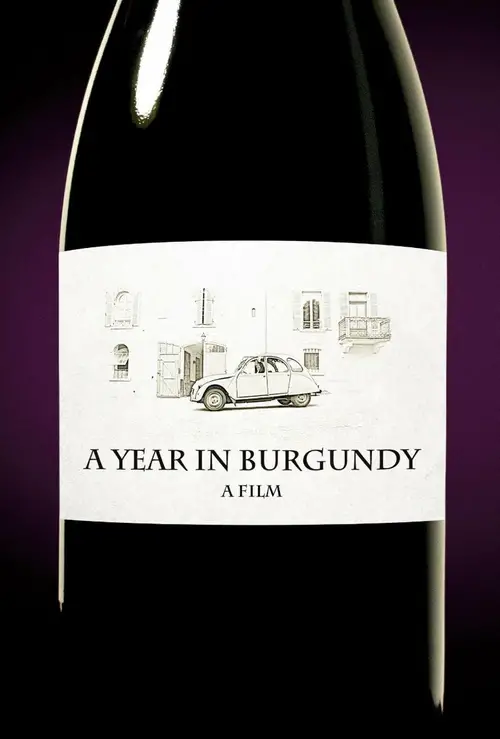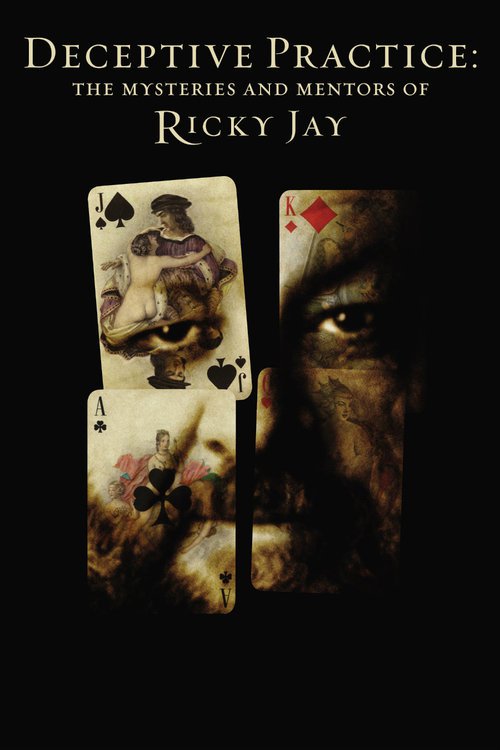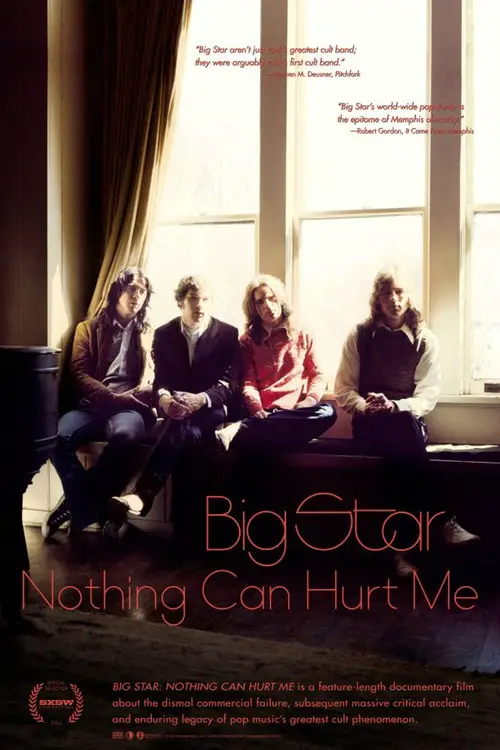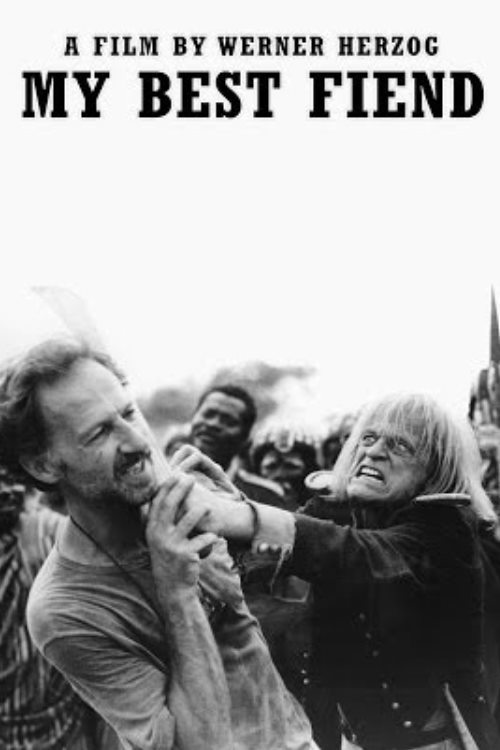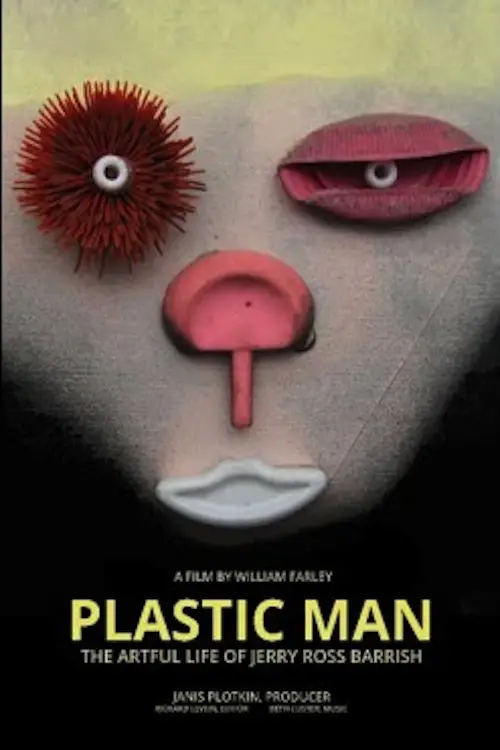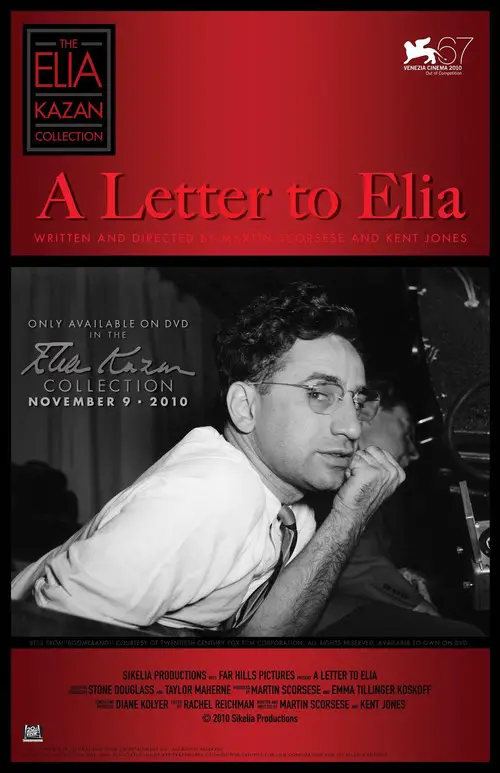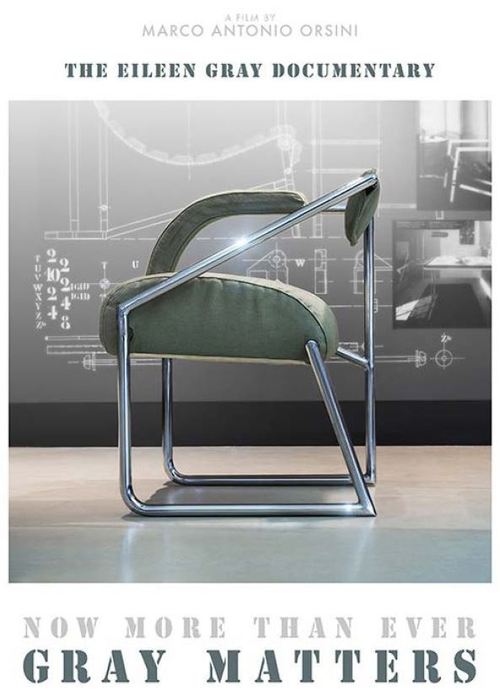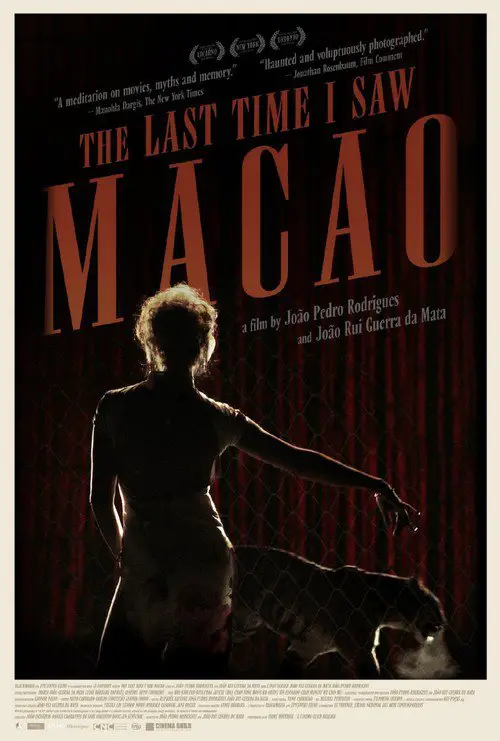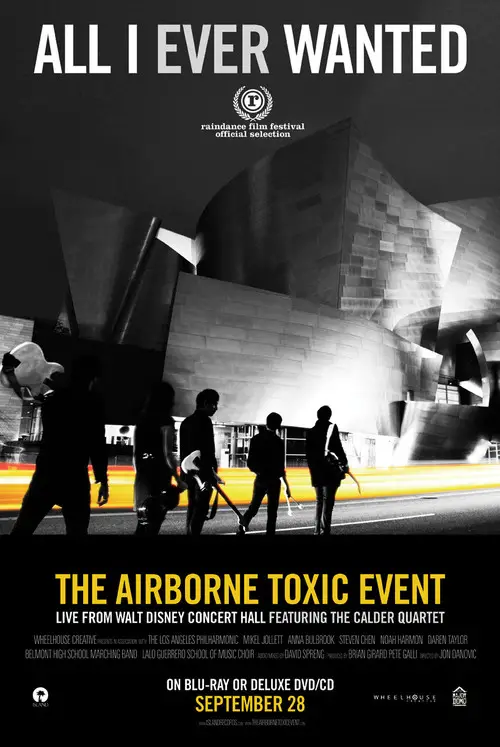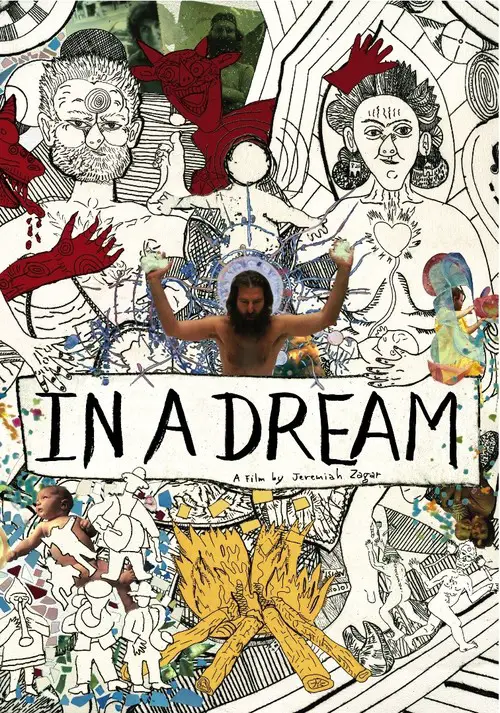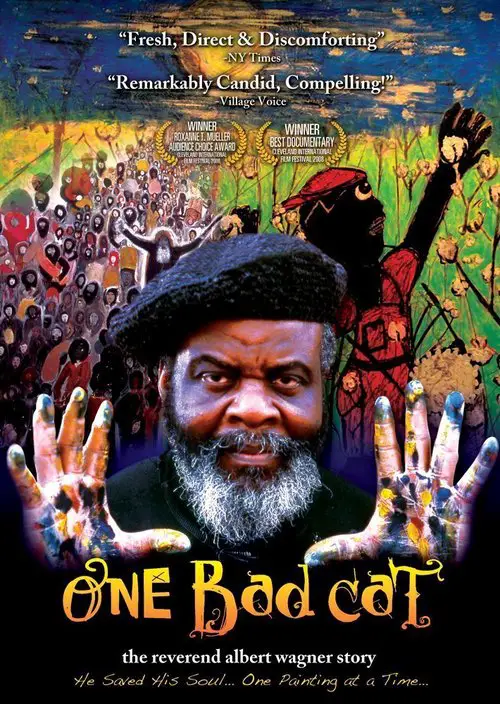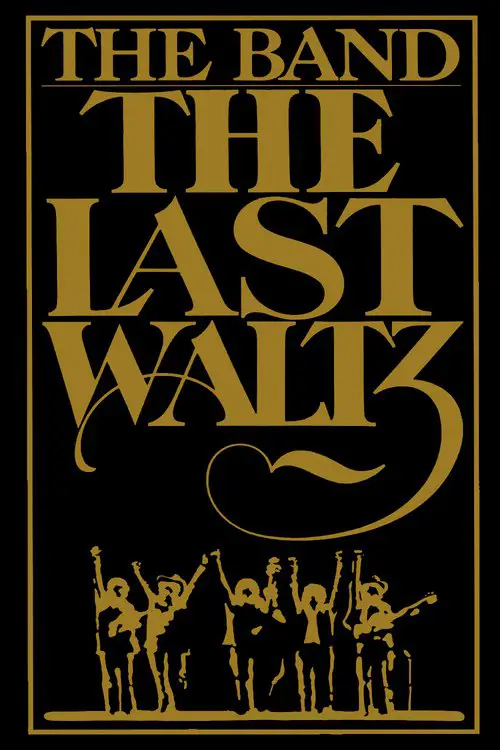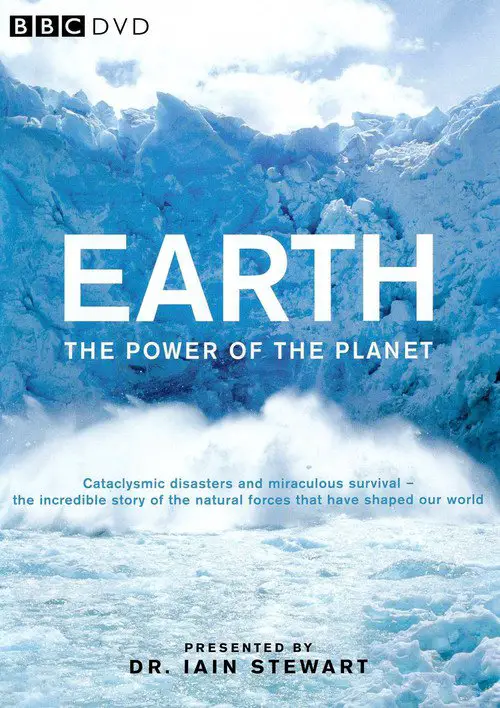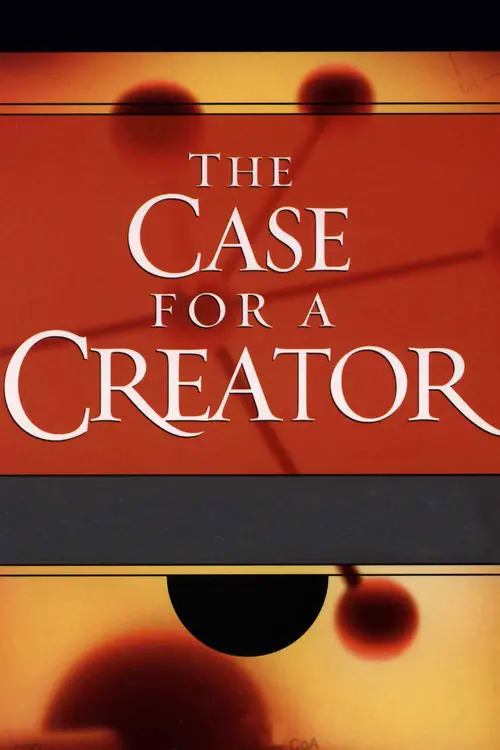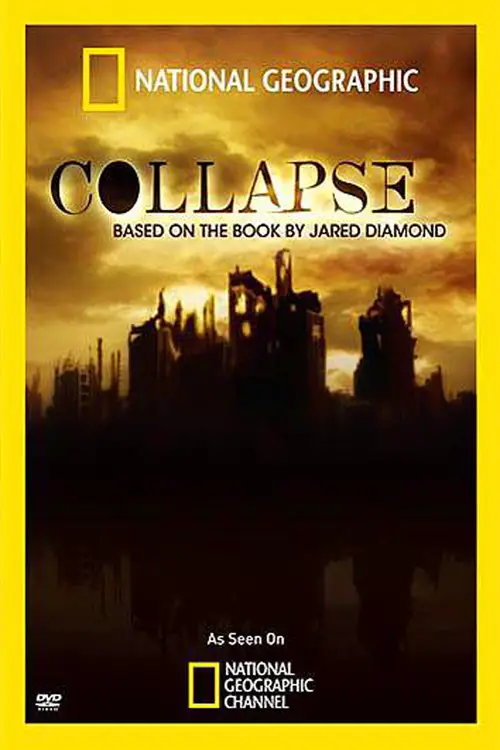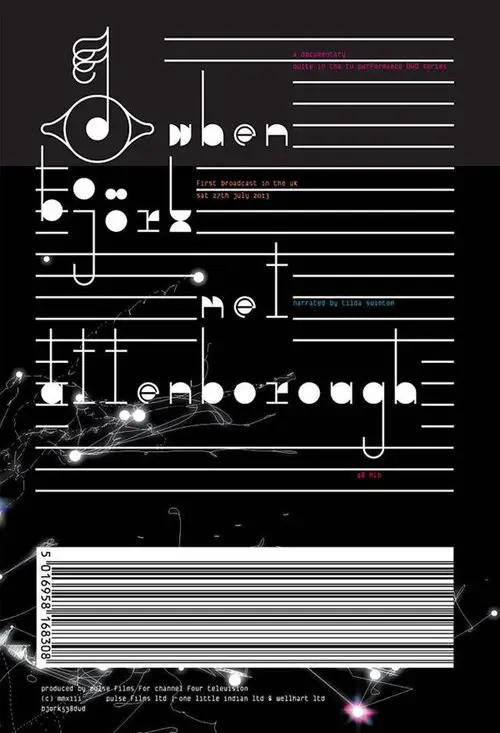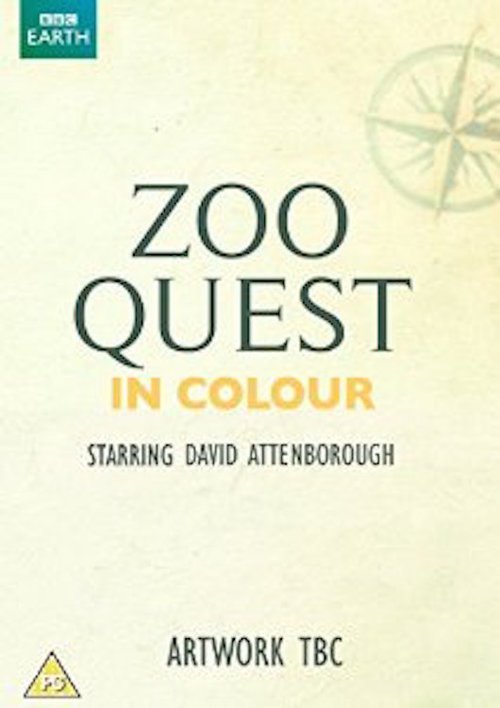Iran: A Cinematographic Revolution (2006)
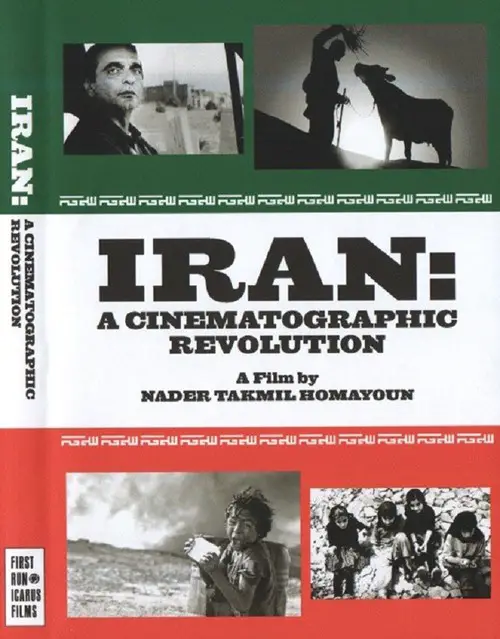
Similar movies
J'accuse is an 'essay-istic' documentary in which Greenaway's fierce criticism of today's visual illiteracy is argued by means of a forensic search of Rembrandt's Nightwatch. Greenaway explains the background, the context, the conspiracy, the murder and the motives of all its 34 painted characters who have conspired to kill for their combined self-advantage. Greenaway leads us through Rembrandt's paintings into 17th century Amsterdam. He paints a world that is democratic in principle, but is almost entirely ruled by twelve families. The notion exists of these regents as charitable and compassionate beings. However, reality was different.
This dryly funny mockumentary about the lost work of a pioneering New Zealand film genius is probably one of the best examples of the faux-documentary genre. In fact, it was so successful that when it originally aired on New Zealand television, hundreds of viewers bought the premise hook, line, and sinker. If you didn't know any better yourself, it's entirely possible you might be duped into believing the extremely tall tale of one Colin MacKenzie, an ambitious filmmaker who made the world's first talking movie (years before The Jazz Singer), invented color film, and created a huge biblical epic that would put Cecil B. DeMille and D.W. Griffith to shame. Filmmaker Peter Jackson (Heavenly Creatures) shrewdly inserts himself into the film via his documentation of the "discovery" of McKenzie's lost epic, which for years was preserved in a garden shed.
Meet the Japanese Mafia's latest son: a 20 year old named Naoki, part of a surging, decade-long wave of juvenile delinquency in Japan. As Naoki rejects school, jobs and family, his desperate mother decides to take one last chance to save him--by handing him over to the Mafia for one year and letting him choose his own path.
Granito is a story of destinies joined by Guatemalaâs past, and how a documentary film intertwined with a nationâs turbulent history emerges as an active player in the present. Its characters sift for clues buried in archives of mind and place and historical memory, seeking to uncover a narrative that could unlock the past and settle matters of life and death in the present. Each of the five main characters whose destinies collide in Granito are connected by the Guatemala of 1982, then engulfed in a war where a genocidal âscorched earthâ campaign by the military exterminated nearly 200,000 Maya people. Now, as if a watchful Maya god were weaving back together threads of a story unraveled by the passage of time, forgotten by most, our characters become integral to the overarching narrative of wrongs done and justice sought that they have pieced together, each adding their granito, their tiny grain of sand, to the epic tale.
This fiction-documentary hybrid uses a sensational real-life eventâthe arrest of a young man on charges that he fraudulently impersonated the well-known filmmaker Mohsen Makhmalbafâas the basis for a stunning, multilayered investigation into movies, identity, artistic creation, and existence, in which the real people from the case play themselves.
Ricky has a dream: to make Staff Benda Bilili the best band in Congo Kinshasa. Roger, a street child, more than ever wants to join these stars of the ghetto, who get around in customized tricycles. Together, they must avoid the pitfalls of the street, stay united and find the force to hope in music. For six years, from the first rehearsals to their triumph in international festivals, BENDA BILILI! (âbeyond appearancesâ) is the story of this dream come reality.
Since the invention of cinema, the standard format for recording moving images has been film. Over the past two decades, a new form of digital filmmaking has emerged, creating a groundbreaking evolution in the medium. Keanu Reeves explores the development of cinema and the impact of digital filmmaking via in-depth interviews with Hollywood masters, such as James Cameron, David Fincher, David Lynch, Christopher Nolan, Martin Scorsese, George Lucas, Steven Soderbergh, and many more.
The artistry, triumph and lifelong friendship of the great cinematographers Laszlo Kovacs and Vilmos Zsigmond. With film school equipment, they shoot the Soviet crackdown of the 1956 Hungarian Revolution. As refugees they struggle in Hollywood, finally breaking into the mainstream with their pivotal contribution to the "American New Wave."
State of Bacon tells the kinda real but mostly fake tale of an oddball group of characters leading up to the annual Blue Ribbon Bacon Festival. Bacon-enthusiasts, Governor Branstad, a bacon queen, Hacksaw Jim Duggan, members of PETA, and an envoy of Icelanders are not excluded from this bacon party and during the course of the film become intertwined with the organizers of the festival to show that bacon diplomacy is not dead.
The eagerly awaited sequel to Patrick Keiller's London and Robinson in Space is a beautifully photographed cinematic essay on our current environmental and economic predicament, narrated by Vanessa Redgrave. Timely, provocative and studded with surreal humour, Robinson in Ruins reveals hidden histories and surprising visions (from the opium poppy fields of Oxfordshire to what seems to be a talking post box), making us consider the world around us afresh.
A documentary feature film that ties four narratives - from China, India, Scotland, and Tunisia - together with countless insights from venerable filmmakers and ordinary moviegoers. An aspiring actress in Mumbai battles to break into Bollywood; two friends in Scotland take a mobile film festival across the highlands; a young crew in Hong Kong embarks on the shooting of its first film; a Tunisian director anxiously anticipates the premiere of his controversial film at a major festival. These stories are woven together with scenes from video stores, projection booths, studios, cinemas, and slums into a vivid meditation on the power of cinema to shape our world.
THE PERVERT'S GUIDE TO CINEMA takes the viewer on an exhilarating ride through some of the greatest movies ever made. Serving as presenter and guide is the charismatic Slavoj Žižek, the Slovenian philosopher and psychoanalyst. With his engaging and passionate approach to thinking, Žižek delves into the hidden language of cinema, uncovering what movies can tell us about ourselves.
As Australian cinema broke through to international audiences in the 1970s through respected art house films like Peter Weir's "Picnic At Hanging Rock," a new underground of low-budget exploitation filmmakers were turning out considerably less highbrow fare. Documentary filmmaker Mark Hartley explores this unbridled era of sex and violence, complete with clips from some of the scene's most outrageous flicks and interviews with the renegade filmmakers themselves.
"I saw these movies. They had a powerful effect on me. You should see them." That's Martin Scorsese's message for this documentary. We meet his family on Elizabeth Street in New York; he's a third generation Italian with Sicilian roots. Starting in 1949, they watched movies on TV as well as in theaters, lots of Italian imports. Scorsese, with his narration giving a personal as well as a public context, shows extended clips of these movies. Films of Rossellini and De Sica fill part one; those of Visconti, Fellini, and Antonioni comprise part two. Scorsese takes time with emotion, style, staging, technique, political context, and cinematic influence. It's his movie family.
AMERICAN MOVIE is the story of filmmaker Mark Borchardt, his mission, and his dream. Spanning over two years of intense struggle with his film, his family, financial decline, and spiritual crisis, AMERICAN MOVIE is a portrayal of ambition, obsession, excess, and one man's quest for the American Dream.
This highly personal film essay demonstrates that Chinese cinema has dealt with questions of gender and sexuality more frankly and provocatively than any other national cinema. Yang ± Yin examines male bonding and phallic imagery in the swordplay and kung fu movies of the '60s and '70s; homosexuality; same-sex bonding and physical intimacy; the continuing emphasis on women's grievances in melodramas; and the phenomenon of Yam Kim-Fai, a Hong Kong actress who spent her life portraying men on and off the screen.
Documentary about the film maker Luis Bunuel. Surrealist master Luis Bunuel is a towering figure in the world of cinema history, directing such groundbreaking works as Un Chien Andalou, Exterminating Angels, and That Obscure Object of Desire, yet his personal life was clouded in myth and paradox. Though sexually diffident, he frequently worked in the erotic drama genre; though personally quite conservative, his films are florid, flamboyant, and utterly bizarre. This documentary, directed Jose Luis Lopez Linares, tries to illuminate some of these contradictions.
The Death of 'Superman Lives': What Happened? feature film documents the process of development of the ill fated "Superman Lives" movie, that was to be directed by Tim Burton and star Nicolas Cage as the man of steel himself, Superman. The project went through years of development before the plug was pulled, and this documentary interviews the major players: Kevin Smith, Tim Burton, Jon Peters, Dan Gilroy, Colleen Atwood, Lorenzo di Bonaventura and many many more.
"Touring makes you crazy," Frank Zappa says, explaining that the idea for this film came to him while the Mothers of Invention were touring. The story, interspersed with performances by the Mothers and the Royal Symphony Orchestra, is a tale of life on the road. The band members' main concerns are the search for groupies and the desire to get paid.
The Go-Go Boys tells the inside story of two Israeli-born cousins, the late Menahem Golan and Yoram Globus, who in pursuit of the âAmerican dreamâ turned the Hollywood establishment upside down. Together they produced more than 300 films and founded the most powerful independent film company in the world, Cannon Films, which was responsible for Israeli and mainstream, Hollywood-blockbuster, action/exploitation hits during the duoâs 1980s hey day, starring the likes of Chuck Norris, Jean-Claude Van Damme and Charles Bronson. Up close and personal, and with the complete cooperation of the filmâs subjects, the film examines the complex relationship between two contradictory personalities, whose combined force fueled their successes and eventual split. A film about filmmaking and two dogged, exceptional characters with modest origins taking on the big boys.
This historical and critical look at slasher films, which includes dozens of clips, begins with "Halloween," "Friday the 13th," and "Prom Night." The films' directors, writers, producers, and special effects creators comment on the films' making and success. During the Reagan years, the films get gorier, budgets get smaller, and their appeal wanes. Then, "Nightmare on Elm Street" revives the genre. Jump to the late 90s, when "Scream" brings humor and TV stars into the mix. Although some criticize the genre as misogynistic (Siskel and Ebert), most of the talking heads celebrate the films: as long as there are teenagers, there will be slasher films, says one.
In an unprecedented and candid series of interviews, six former heads of the Shin Bet â Israel's intelligence and security agency â speak about their role in Israel's decades-long counterterrorism campaign, discussing their controversial methods and whether the ends ultimately justify the means. (TIFF)
The documentary retraces the steps of Bruno Manser, a man from Switzerland who went to live with the indigenous tribe of the Penan in the Jungle of Borneo and endef up helping their struggle to defend their rainforest against greedy logging companies. The movie features original film, photo and voice recordings by Bruno Manser made in the 1980s, as well as new recordings showing how the life of the Penan has changed in just a few decades.
In an epic snow year, five friends leave their daily lives behind to hike California's historic John Muir Trail, a 211-mile stretch from Yosemite to Mt. Whitney (the highest peak in the contiguous U.S.). Their goal - complete the journey in 25 days while capturing the amazing sights & sounds they encounter along the way. Inspired by their bond, humor, artistry & dedication, the group continues to grow: to include other artists, musicians & adventure seekers. Before they all reach the summit, hikers and viewers alike affirm the old adage - it's about the journey, not the destination. Mile... Mile & A Half is the feature-length documentary of that journey...
Catalan architect Antonio Gaudà (1852 - 1926) designed some of the world s most astonishing buildings, interiors, and parks; Japanese director Hiroshi Teshigahara constructed some of the most aesthetically audacious films of the second half of the twentieth century. Here, their artistry melds in a unique, enthralling cinematic experience. Less a documentary than a visual poem, Teshigahara's Antonio Gaudà takes viewers on a tour of Gaudàs truly spectacular architecture, including his massive still-unfinished masterpiece, the Sagrada Familia cathedral, in Barcelona. With camerawork as bold and sensual as the curves on his subject s organic surfaces, Teshigahara immortalizes Gaudà on film.
Not since the great Bruce Lee has a Chinese martial artist taken Hollywood by storm. Leaping out of dire poverty and obscurity, Jackie Chan has become the sensational international superstar of mayhem and merriment! This presentation of Chan's career covers his work with the legendary Bruce Lee, his struggle against typecasting in the Bruce Lee mold, and the resounding success of his breakthrough movies mixing amazing acrobatic artistry with brilliant comic ability.
First Descent is a 2005 documentary film about snowboarding and its beginning in the 1980s. The snowboarders featured in this movie (Shawn Farmer, Nick Perata, Terje Haakonsen, Hannah Teter and Shaun White with guest appearances from Travis Rice) represent three generations of snowboarders and the progress this young sport has made over the past two decades. Most of the movie was shot in Alaska.
Winner of 2 National Awards, Pancham Unmixed: Mujhe Chalte Jaana Hai, takes an incisive look into the legendary composer, RD Burman's reflective artistry and buoyant-but-also-lonely inner being. Featuring a host of close friends, colleagues and admirers, the film evokes awe, admiration and nostalgia the way most of his music does, till date.
Over the past twenty-five years, director Michael Haneke has established himself as a towering figure in modern cinema whose rigorous focus on the craft of filmmaking has produced works of profound artistry. This career-spanning documentary gives unprecedented access and covers the body of Hanekeâs work, offering insight into his creative process through on-set footage and interviews with the man himself and collaborators including Emmanuelle Riva, Isabelle Huppert and Juliette Binoche.
New York, 1986: a city of big dreams and equally big problems. Like New York itself, hip-hop music encompassed both of these human conditions. But hip-hop and its cultural birthplace shared other important characteristics, too: the desire to always be original, a hustle-to-survive ambition, and â if the stars aligned â the ability to come out on top, no matter what the odds. Big Fun in the Big Town is about hip-hop when artistry in the game was still at its center. When skills, not hype, got you your first record deal. When Run-DMC took the reins from Doug E Fresh and Grandmaster Flash, paving the way for hundreds of other hitmakers to follow. When a chart-topping LL Cool J still lived with his Grandmother. When the Latin Quarter was the club to be at on any weekend night. And when artists from all backgrounds could taste their own pop chart dreams, just beyond their reach but still seemingly attainable.
The sensational follow-up to "London in the Raw," "Primitive London" sets out to reflect society's decay through a sideshow spectacle of 1960s London depravityâand manages to outdo its predecessor. Here, we confront mods, rockers and beatniks at the Ace Café, cut some rug with obscure beat band The Zephyrs, smirk at flabby men in the sauna and goggle at sordid wife-swapping parties as we discover a pre-permissive Britain still trying to move on from the post-war depression of the 1950s.
Jerry Ross Barrish sees the beauty inâand creates the unexpected out ofâdiscarded materials. The son of hard-working Jewish immigrants with crime-family connections, Barrish worked for 50 years as a bail bondsman, much of it for radical protesters. He stumbled into acclaim as a filmmaker, earning the Museum of Modern Artâs prestigious New Director distinction and winning major European awards along the way. Then one day, inspiration struck as he picked up plastic trash on a beach, leading him to launch a whole new career as a sculptor. Though acclaimed by curators, he long went virtually unnoticed in the commercial-art realm. But at age 75, the unassuming Barrish may finally be on the verge of success, as William Farleyâs engaging documentary goes to show. Seeing the playfulness of his pieces, youâll understand why: with artificial materials, he has managed to capture real life. -Denver Film Society
Director Martin Scorsese speaks candidly and passionately about one of his formative filmmaking influences: the late Elia Kazan. Utilizing precisely chosen clips from Kazan's signature films including "On the Waterfront," "A Streetcar Named Desire," "Gentleman's Agreement," "Baby Doll," "A Tree Grows in Brooklyn," "A Face in the Crowd," "America, America," and "The Last Tycoon," and interview footage of the director himself, co-directors Scorsese and Kent Jones recount the director's tumultuous journey from the Group Theatre to the Hollywood A-list to the thicket of the blacklist. But most of all, they make a powerful case for Kazan as a profoundly personal artist working in a famously impersonal industry.
Gray Matters explores the long, fascinating life and complicated career of architect and designer Eileen Gray, whose uncompromising vision defined and defied the practice of modernism in decoration, design and architecture. Making a reputation with her traditional lacquer work in the first decade of the 20th century, she became a critically acclaimed and sought after designer and decorator in the next before reinventing herself as an architect, a field in which she laboured largely in obscurity. Apart from the accolades that greeted her first building âpersistently and perversely credited to her mentorâher pioneering work was done quietly, privately and to her own specifications. But she lived long enough (98) to be re-discovered and acclaimed. Today, with her work commanding extraordinary prices and attention, her legacy, like its creator, remains elusive, contested and compelling.
2008's critically acclaimed debut album by The Airborne Toxic Event propelled the group onto a world wide stage. They sold hundreds of thousands of albums. Their hit 'Sometime Around Midnight' was named iTunes #1 Alternative Song of the Year. After two years of selling out concerts around the world, the band finished by coming home and playing the most important show of their career. The LA Philharmonic asked the band to curate/perform their own show at the most prestigious musical building in the world, Frank Gehry designed Walt Disney Concert Hall in Los Angeles. All I Ever Wanted is not a concert film, it's a documentary about the struggles, pain and persistence of being in a family. This family happens to be a rock band.
Over the past four decades, artist Isaiah Zagar has covered more than 50,000 square feet of Philadelphia with stunning mosaic murals. In A Dream is a documentary feature film that chronicles his work and his tumultuous relationship with his wife, Julia. It follows the Zagars as their marriage implodes and a harrowing new chapter in their life unfolds. An exploration of the fallout that ensues when the line between art and life is blurred beyond distinction.
ONE BAD CAT is about the transformative role art plays in the tumultuous life of 82 year-old, African-American, renowned "outsider" artist Reverend Albert Wagner. He has been a lightening rod for controversy his entire life. Racism, ego and lust led him to the brink of ruin. Miraculously turned onto religion at age 50, he was inspired by God to paint, and become a famous artist for a mostly White clientele. From a racist Southern upbringing, in his later years his artwork railed against the lifestyles of members of the African-American community, which created as many detractors as champions. Near the film's conclusion, an ailing Albert comes to terms with his checkered past. Was Albert's penitence real and did he achieve redemption through his art?
When objectively considered, does contemporary scientific evidence point toward or away from a supernatural Creator? Strobel interviewed scientists and scholars from a wide range of disciplines for the answers. Based upon a New York Times best-seller, The Case For A Creator is a remarkable film about Lee Strobel's journey from spiritual skepticism to a profound faith in the God who has etched His indelible signature upon every galaxy and living cell. The Creator now revealed by 21st century science.
How could a civilization that mastered the planet suddenly Collapse? Inspired by the New York Times best-selling book "Collapse: How Societies Choose to Fail or Succeed", NGC time travels 200 years into the future to see what the world would look like after civilization as we know it collapsed. Guided by author Jared Diamond, we'll piece together the remarkable story of what on earth triggered our decline.
Award-winning musician Björk and legendary broadcaster and naturalist Sir David Attenborough have admired each other's work for years but this is the first time they have discussed their mutual love of music and the natural world on screen. In this remarkable documentary, Björk explores our unique relationship with music and discovers how technology might transform the way we engage with it in the future.
Thanks to a recent remarkable discovery in the BBC's Film Vaults, the best of David Attenborough's early Zoo Quest adventures can now be seen as never before - in colour - and with it the remarkable story of how this pioneering television series was made. First broadcast in December 1954, Zoo Quest was one of the most popular television series of its time and launched the career of the young David Attenborough as a wildlife presenter. Zoo Quest completely changed how viewers saw the world - revealing wildlife and tribal communities that had never been filmed or even seen before.
© Valossa 2015–2026
| Privacy Policy
